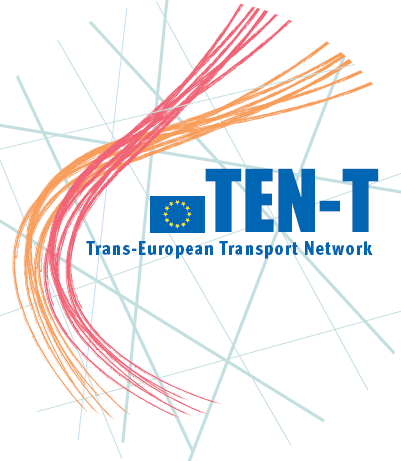|
|
|
||||||||
|
|
Community GuidelinesIntroduction to the Community Guidelines for the development of the Trans-European Transport Network On July 1996 the European Parliament and Council adopted Decision N° 1692/96/EC on Community guidelines for the development of the trans-European transport network (TEN-T). These guidelines comprises roads, railways, inland waterways, airports, seaports, inland ports and traffic management systems which serve the entire continent, carry the bulk of the the long distance traffic and bring the geographical and economic areas of the Union closer together. The legal basis for the TEN-T is provided in the Treaty on the European Union. Under the terms of Chapter XV of the Treaty (Articles 154, 155 and 156), the European Union must aim to promote the development of trans-European networks as a key element for the creation of the Internal Market and the reinforcement of Economic and Social Cohesion. This development includes the interconnection and interoperability of national networks as well as access to such networks. In accordance with these broad objectives, the Community developed the above mentioned guidelines, a general reference framework for the implementation of the network and identification of projects of common interest. The time horizon to complete the network is 2010. The maps in Annex I of Decision 1692/96/EC illustrate the outline of the trans-European transport network as planned for 2010. The guidelines also includes a list of 14 projects to which the Essen European Council (1994) attributed particular importance. Decision 1692/96/EC is addressed primarily to Member States. Member States are primarily responsible to realise the TEN-T. A number of financial instruments have been set up at Community level, each with their own legal basis, in order to conduct the development of the TEN-T and to support Member States financially in specific cases. Unfortunately, work is not advancing as rapidly as expected when the idea of trans-European networks was launched. As indicated in the 1998 TEN-T implementation report, the investments in the trans-European network projects in 1996-1997 was about €38 billion, while the financial resources needed to complete the network in 2010 are estimated to be €400 billion. If the rate of funding does not increase between now and 2010, there is a serious likelihood that the network will not be fully completed, in particular the railway and inland waterway components. This becomes more serious as traffic flows are rising on several routes. The European Parliament and the Council adopted in May 2001 Decision N° 1346/2001/EC which amend the TEN-T guidelines as regards seaports, inland ports and intermodal terminals. It specifies also more in detail the criteria of projects of common interest in relation to these infrastructures. With this amendment the multimodal dimension of the network is emphasised as seaports and inland ports become fully part of the network. In view of the delays in completing the planned network, the Commission considers that a headlong rush to create new infrastructure routes cannot be the answer to the capacity requirements. Instead, the planned revision of the guidelines should confirm that it is necessary to complete what was decided in 1996 by focusing Community activities and projects on reducing the bottlenecks on major routes and on a small number of major projects. Against this background the Commission initiated in October 2001 a first revision of TEN-T Guidelines in the lines of the White Paper on a European transport policy for 2010 to tackle the new challenges facing transport and to help to meet the objectives of the new transport policy as described in the White Paper. It aims at reducing the bottlenecks in the planned or existing network without adding new infrastructure routes by concentrating investments on a few horizontal priorities and a limited number of new specific projects. In parallel the Commission has proposed to amend Regulation (EC) 2236/95, laying down general rules for the granting of Community aids in the field of trans-European networks. It concentrates on raising the current maximum level of Community support of 10% to 20% for specific projects, namely cross-border rail projects in areas with natural barriers and projects in frontier regions of the candidate countries.A more fundamental revision the TEN-T Guidelines will be proposed by the Commission at the end of 2003, to take account of Enlargement and expected changes in traffic flows. New outline plans for 2020 will be drawn up with the aim of efficiently channelling tomorrows trans-European traffic in an enlarged Union. In this context the Commission will look at the idea to concentrate on a primary network made up of the most important infrastructure for international traffic and cohesion on the European continent, introduce the concept of 'sea motorways' and include sections of pan-European corridors situated on the territory of candidate countries, including those which will still not be members of the Union at that time.
|


